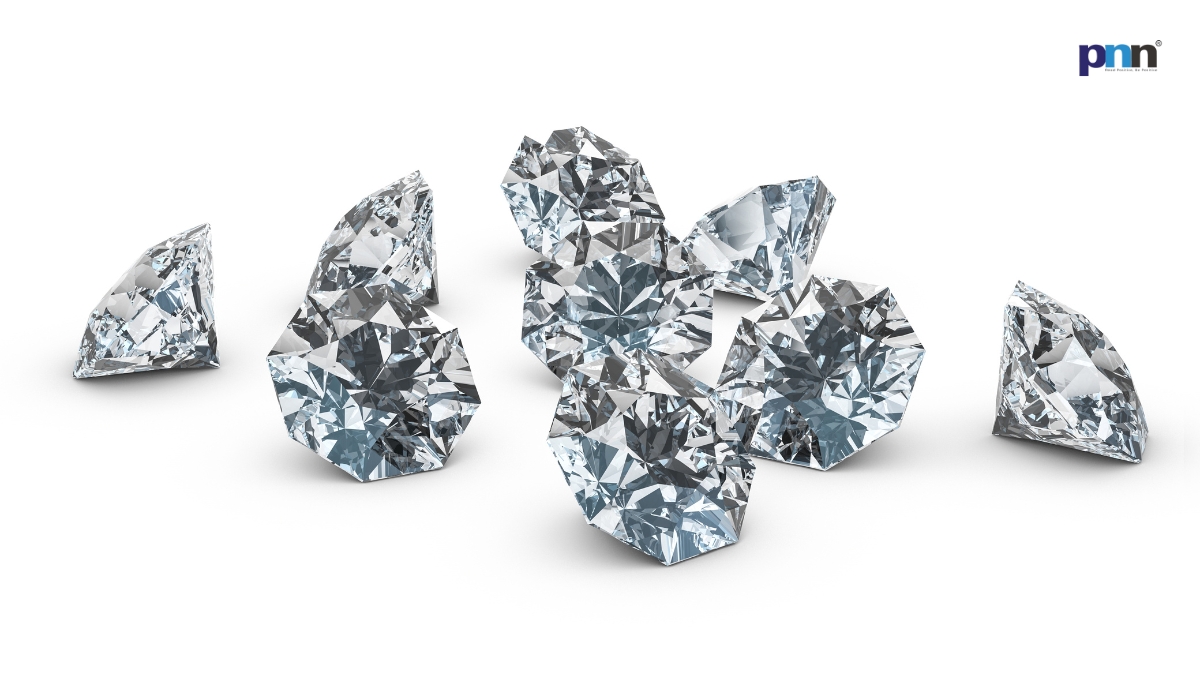Surat (Gujarat) [India], September 3: The sparkle has dimmed in Surat. America’s 50% tariff on Indian diamonds has hit the city’s famed cutters and polishers where it hurts most: cancelled orders, ballooning costs, and an uncertain future.
US Tariffs Choke Surat’s Lifeline
On August 27, Washington’s new 50% tariff on Indian diamond imports officially kicked in. The result was immediate. Traders in Gujarat’s Surat, the world’s largest diamond polishing hub, saw their US orders vanish overnight.
Umesh Munjapara, a long-time trader, didn’t mince words. “All our orders from America are getting cancelled, and new ones aren’t coming in. The business is badly affected,” he stated.
His colleague, Kiran Suthar, echoed the crisis. “Exports have come to a complete stop. For the last week, there hasn’t been a single new order,” he said.
For an industry that employs over 800,000 artisans and relies on the US for nearly one-third of exports, the blow is seismic.
A Punishment For Oil, Paid In Diamonds
This isn’t just trade friction. The Trump administration first slapped a 25% tariff, then doubled it to 50% as “punishment” for India buying oil from Russia. That political gamble is now a dagger in Surat’s economy.
Traders say US customers are also angry. “Their goods are getting too expensive. They had overstocked, anticipating tariffs, but now fresh orders have stopped,” Suthar said.
Looking Beyond America
Surat’s diamond merchants are scrambling to pivot. Munjapara says the focus is shifting to domestic buyers and alternative markets. “We are exploring opportunities in India, the Middle East, and other regions. We’ve left America for now,” he admitted.
The Gem and Jewellery Export Promotion Council (GJEPC) is pushing the same line. The council is scouting new markets in Europe, Latin America, and the Gulf. At the same time, it has sought relief from New Delhi: duty-free sales from Special Economic Zones (SEZs) and interest moratoriums for stressed companies.
“Nation First”, Even If Diamonds Suffer
Despite the hardship, several traders refuse to blame the Indian government. “The US tariff pressure is not going to make any difference. For us, the nation comes first. Business is also important, but we will find a new scope,” one trader said.
That resilience comes with realism. With big orders cancelled and workshops running below capacity, the pressure on Surat’s workforce is intense. Smaller operators who depend on US middle-class buyers are the worst hit.
Ripple Effects Beyond Diamonds
Industry experts warn that tariffs of this scale are not just a diamond story. “The 50% duty will hit textiles, chemicals, and machinery too,” said one analyst. The United States is India’s biggest export destination, and every sector exposed to the tariff wall is staring at lost revenues.
India’s Options
For New Delhi, the crisis is both a challenge and an opportunity. Diversifying trade partners is long overdue, and Surat’s pivot to Middle Eastern and domestic buyers shows the direction. But the immediate pain is undeniable.
If diamonds worth billions stop flowing to America, India’s export numbers take a hit. The human cost, in terms of lost jobs for artisans and small traders, could be even higher.
–
Washington slaps a 50% tariff to punish India for buying oil from Russia, and our workers in Surat pay the price. Eight lakh artisans now face uncertainty because Uncle Sam wants to flex its muscles. The irony? America’s own buyers are fuming because diamonds just got pricier.
India’s diamond story is bigger than one market. If America doesn’t want our sparkle, fine; we’ll sell it to those who do. And yes, we’ll buy oil where it suits us, not where Trump dictates.

